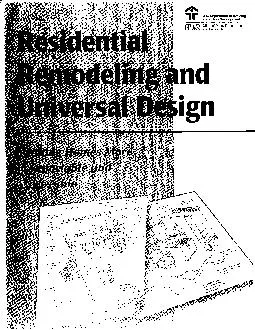PDF-Although the information in this publication is believed to be accurat
Author : danika-pritchard | Published Date : 2017-11-24
Notice Acknowledgements This publication was prepared by the NAHB Research Center Inc through funding provided by the US Department of Housing and Urban Development
Presentation Embed Code
Download Presentation
Download Presentation The PPT/PDF document "Although the information in this publica..." is the property of its rightful owner. Permission is granted to download and print the materials on this website for personal, non-commercial use only, and to display it on your personal computer provided you do not modify the materials and that you retain all copyright notices contained in the materials. By downloading content from our website, you accept the terms of this agreement.
Although the information in this publication is believed to be accurat: Transcript
Download Rules Of Document
"Although the information in this publication is believed to be accurat"The content belongs to its owner. You may download and print it for personal use, without modification, and keep all copyright notices. By downloading, you agree to these terms.
Related Documents













